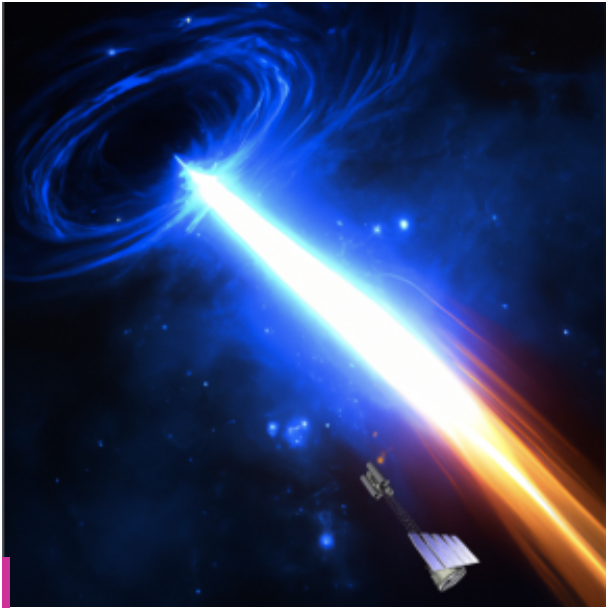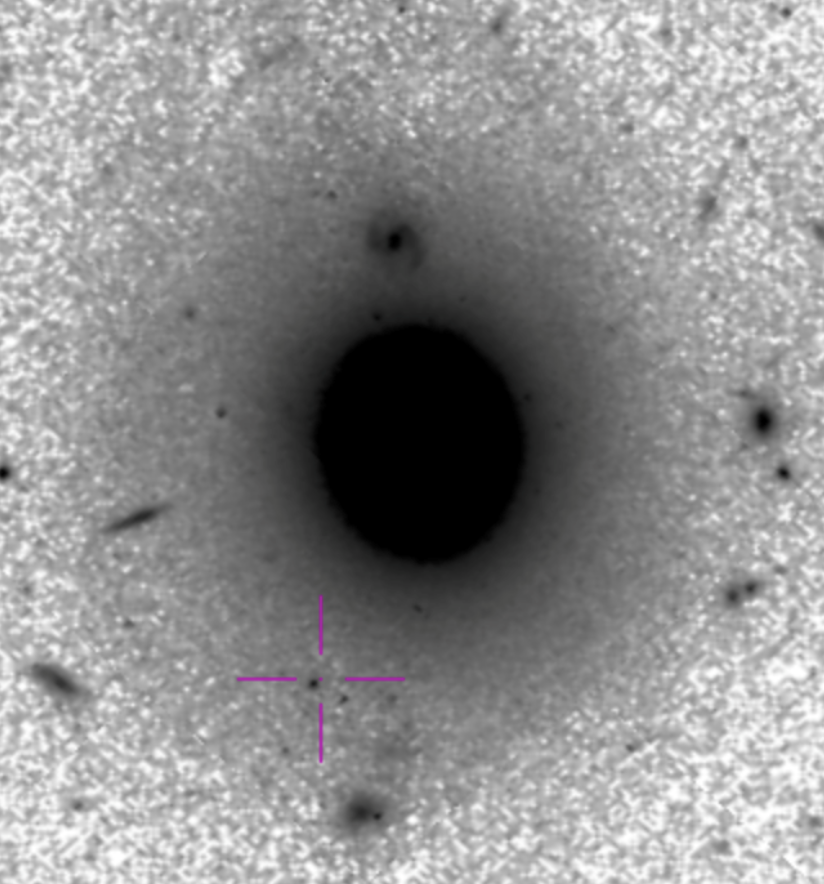Compact Objects and their Environments _____________________________
Compact objects involve considerable energies, whether of gravitational origin (e.g. accretion), resulting from the rotation of the compact object (e.g. pulsars) or even from a reservoir of magnetic energy (e.g. magnetars). The challenge is to understand where and how this energy is transported (winds, jets, radiation) and dissipated (particle acceleration), and to probe the near and distant environment of these objects in order to constrain their nature and the physics involved (relativity, nuclear physics, plasma physics). Problems tackled include the physics of accretion flows, the accretion-ejection link, the role played by the rotation of the compact object, the physics of relativistic jets and winds, relativistic electrodynamics in pulsars, particle acceleration by reconnection or Fermi processes, and more. The proportion and impact of energy released into the surrounding environment is a major issue, because of the feedback effects it can induce.
The detection of the electromagnetic counterparts of gravitational waves produced during the coalescence of a binary system of neutron stars allows us, in certain cases, to explore these questions from a multi-messenger point of view.








